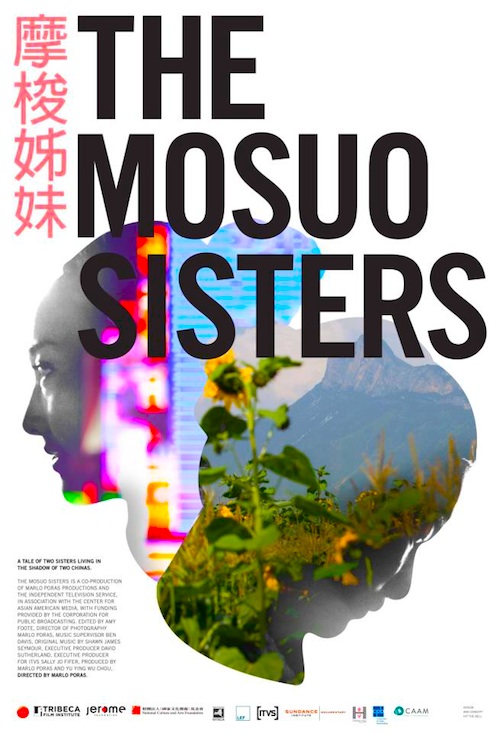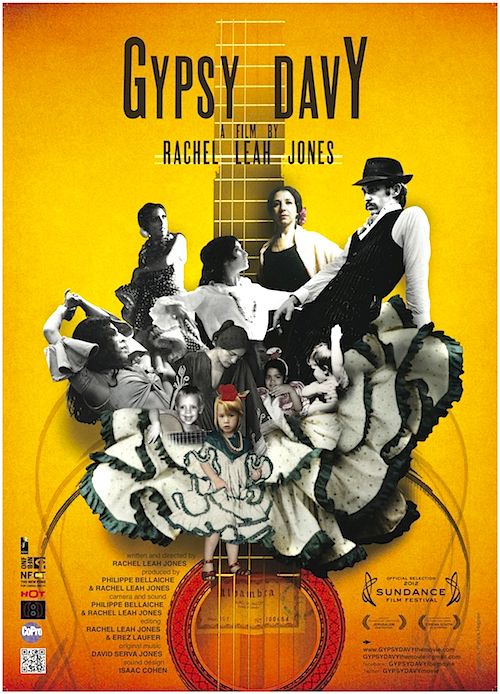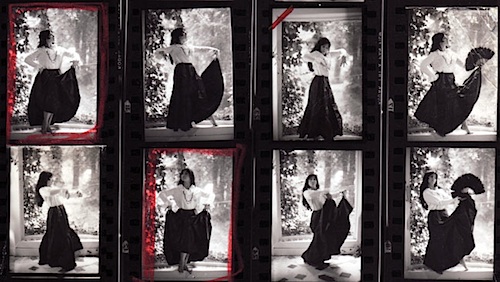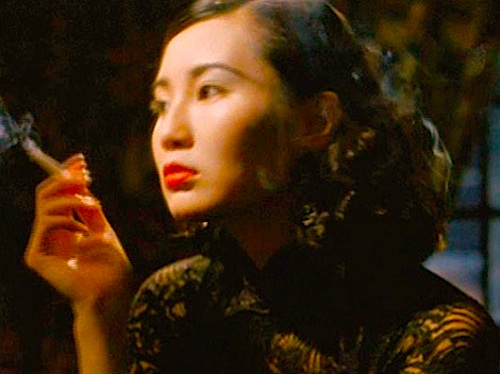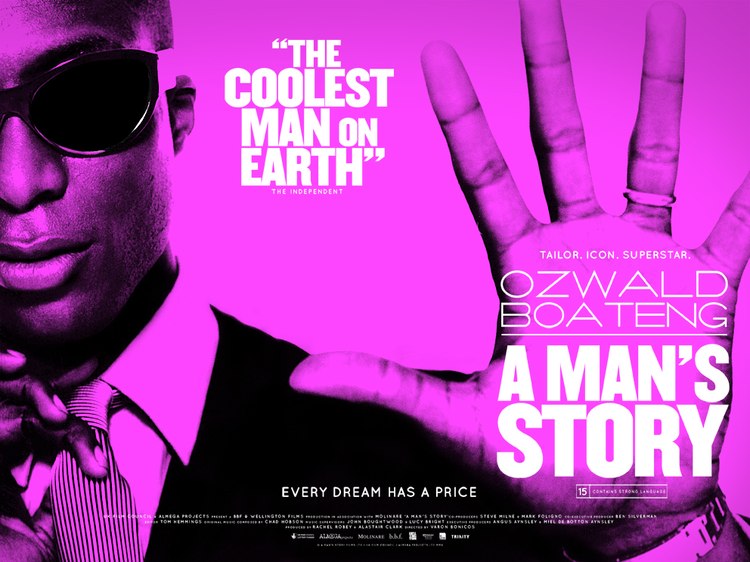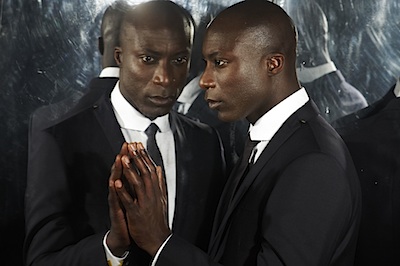By Joe Bendel. Don’t call her “notorious.” Bettie Mae Page was a good Christian and the ultimate girl next door. She just happened to have had a pin-up and fetish modeling career. Gone but never forgotten, the late cult icon tells her story for posterity, serving as the de-facto narrator of Mark Mori’s Bettie Page Reveals All, which screens as part of the new Midnight section of the 2012 DOC NYC at the IFC Center.
Who doesn’t recognize those trademark bangs? The rest of her was pretty distinctive, too. Mori illustrates the film with plenty of Page’s risqué-for-the-time and still somewhat naughty photos. In fact, as per Ms. Page’s wishes, he almost exclusively shows her as she wished to be remembered. In the opening minutes, Page relates several incidents from her early life that could have permanently scarred her and left her completely incapable of intimacy. Yet, Page was always comfortable with such matters, particularly when it came to a little topless posing.
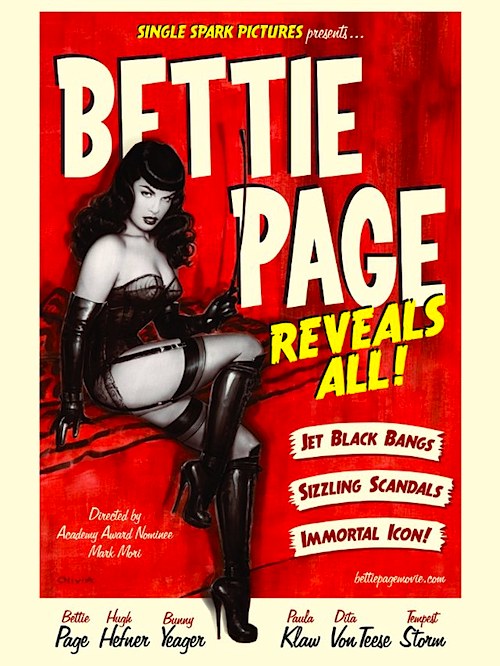 Through Page’s reminiscences, viewers get a peek into a bygone era, when the salaciousness was more innocent. Page often worked for “camera clubs,” groups of earnest and impeccably behaved photography enthusiasts who would slink off on weekends to shoot live (and usually topless) models. As one might suspect, Page was one of their favorites, but evidently no funny business ever happened on a shoot. Yet, it was Irving Klaw’s specialized mail order photos that made Page’s fame.
Through Page’s reminiscences, viewers get a peek into a bygone era, when the salaciousness was more innocent. Page often worked for “camera clubs,” groups of earnest and impeccably behaved photography enthusiasts who would slink off on weekends to shoot live (and usually topless) models. As one might suspect, Page was one of their favorites, but evidently no funny business ever happened on a shoot. Yet, it was Irving Klaw’s specialized mail order photos that made Page’s fame.
Unfortunately, Page’s second and third acts were characterized by a series of divorces and a persistent struggle with mental illness. Having dropped out of the pin-up world soon after Estes Kefauver’s grandstanding Senate hearings on pornography, Page’s fate was the subject of wild speculation amongst her fans. She does indeed deliver, revealing all, but it is often rather sad. Still, Mori deals with it forthrightly, warts and all, to his credit.
Indeed, Mori’s overall approach is right on target, giving viewers a good eyeful of what they want to see. He also puts Page in proper cultural context, tracing her influence on second rate imitators like Madonna and Katy Perry—make that third rate imitators—and explaining her role as graphic novelist Dave “Rocketeer” Stevens’ muse.
Mori makes it clear that Page truly represents Americana at its hottest. It is surprising but fascinating how much seemingly unrelated cultural history finds its way into her story. Lovingly assembled, Bettie Page Reveals All should definitely hold the attention of non-fans nearly as well as that of devotees, which is the real test for documentary profiles. Recommended with affection, it screens late night this Friday (11/9) as a midnight selection of DOC NYC ’12. For obvious reasons, it is hard to see it getting much airtime on PBS, so Page admirers should probably see it now.
LFM GRADE: A-
Posted on November 6th, 2012 at 9:40am.

